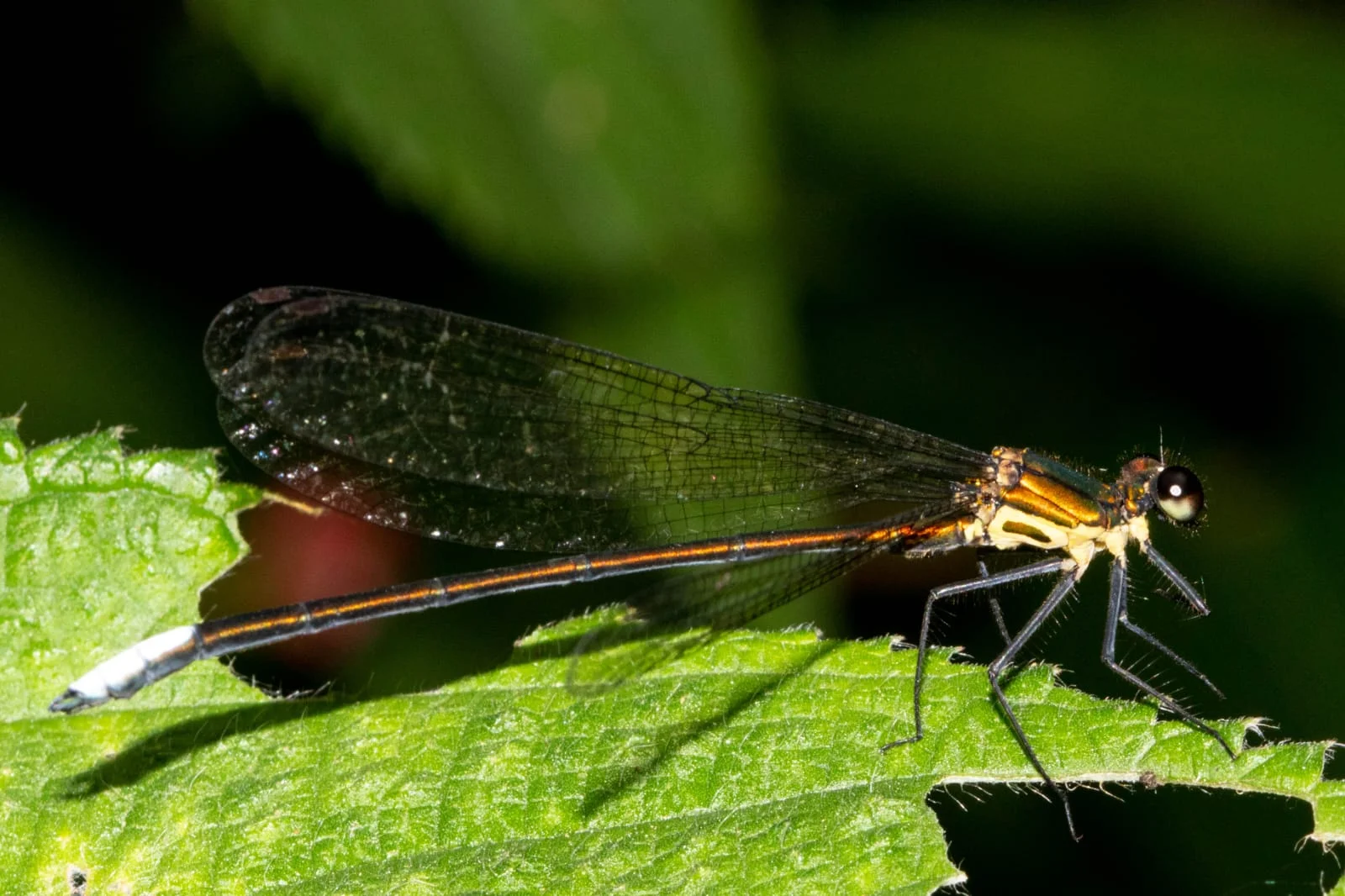- Courses
- GS Full Course 1 Year
- GS Full Course 2 Year
- GS Full Course 3 Year
- GS Full Course Till Selection
- Online Program
- GS Recorded Course
- NCERT (Recorded 500+ Hours)
- Polity Recorded Course
- Geography Recorded Course
- Economy Recorded Course
- AMAC Recorded Course
- Modern India, Post Independence & World History
- Environment Recoded Course
- Governance Recoded Course
- Science & Tech. Recoded Course
- International Relations and Internal Security Recorded Course
- Disaster Management Module Course
- Ethics Recoded Course
- Essay Recoded Course
- Current Affairs Recoded Course
- CSAT
- 5 LAYERED ARJUNA Mentorship
- Public Administration Optional
- ABOUT US
- OUR TOPPERS
- TEST SERIES
- FREE STUDY MATERIAL
- VIDEOS
- CONTACT US
Sea Otters
Sea Otters
19-05-2024

A recent study provides a more comprehensive understanding of the tools used by sea otters, particularly their ability to use rocks and other objects to break up tough prey.
About Sea Otters:
- Sea otters, aquatic mammals belonging to the weasel family, inhabit the coasts of the Pacific Ocean in North America and Asia.
- Although they spend most of their time in the water, sea otters may come ashore in some places to sleep or rest.
- Physical Characteristics: Sea otters have webbed feet for efficient swimming, water-repellent fur to maintain dryness and warmth, and noses and ears that can close when submerged in water.
- Diet: They eat about a quarter of their body weight per day while foraging in kelp forests and seagrass beds.
-
Ecological Significance:
a. Keystone Species: The well-being of sea otters indicates the health of nearby species and ecosystems.
b. Ecosystem Balance: Sea otters play an important role in maintaining the balance of marine ecosystems by hunting sea urchins and controlling their populations.
c. Kelp Forest Protection: Without otters, sea urchins could proliferate in excessive numbers and destroy kelp forests, which provide shelter and sustenance to many marine species.
d. Biodiversity Support: The presence of sea otters contributes to the biodiversity and health of underwater kelp forests.
- Conservation Status: Sea otters are classified as Endangered on the IUCN Red List.
Must Check: Best IAS Coaching In Delhi



